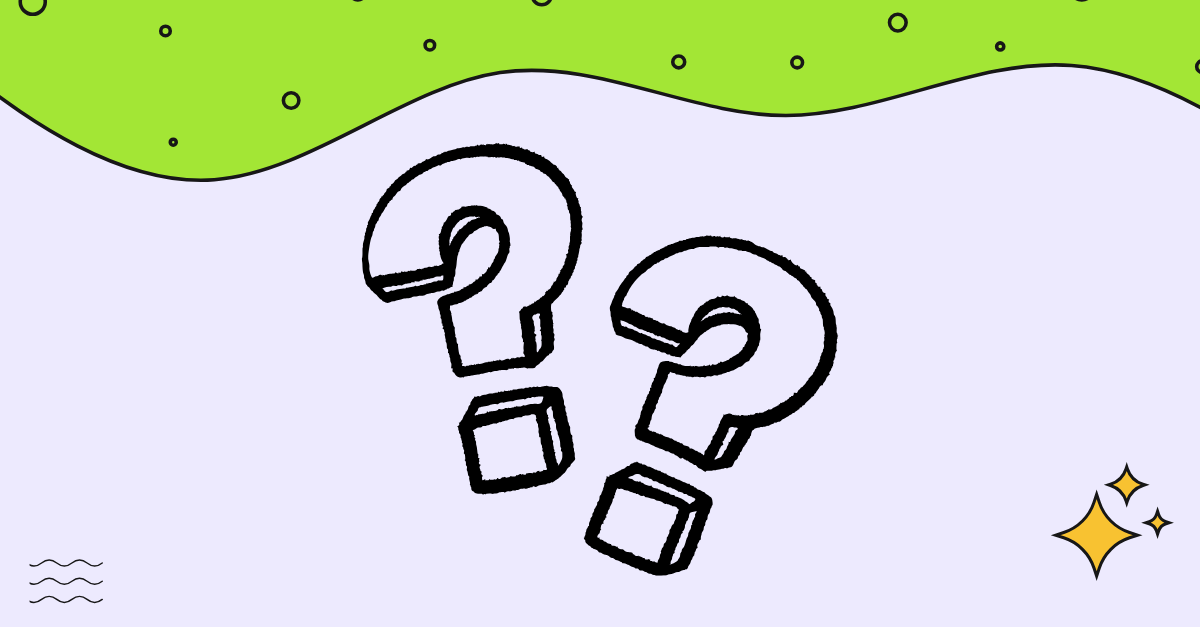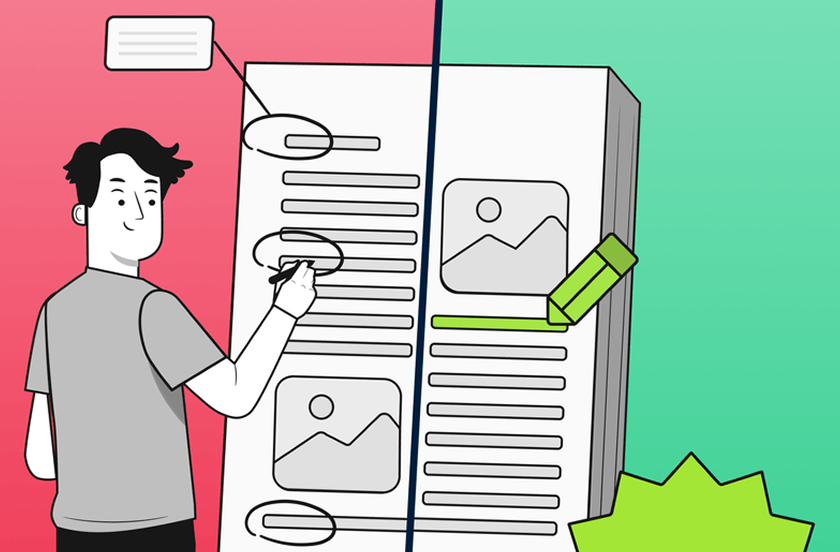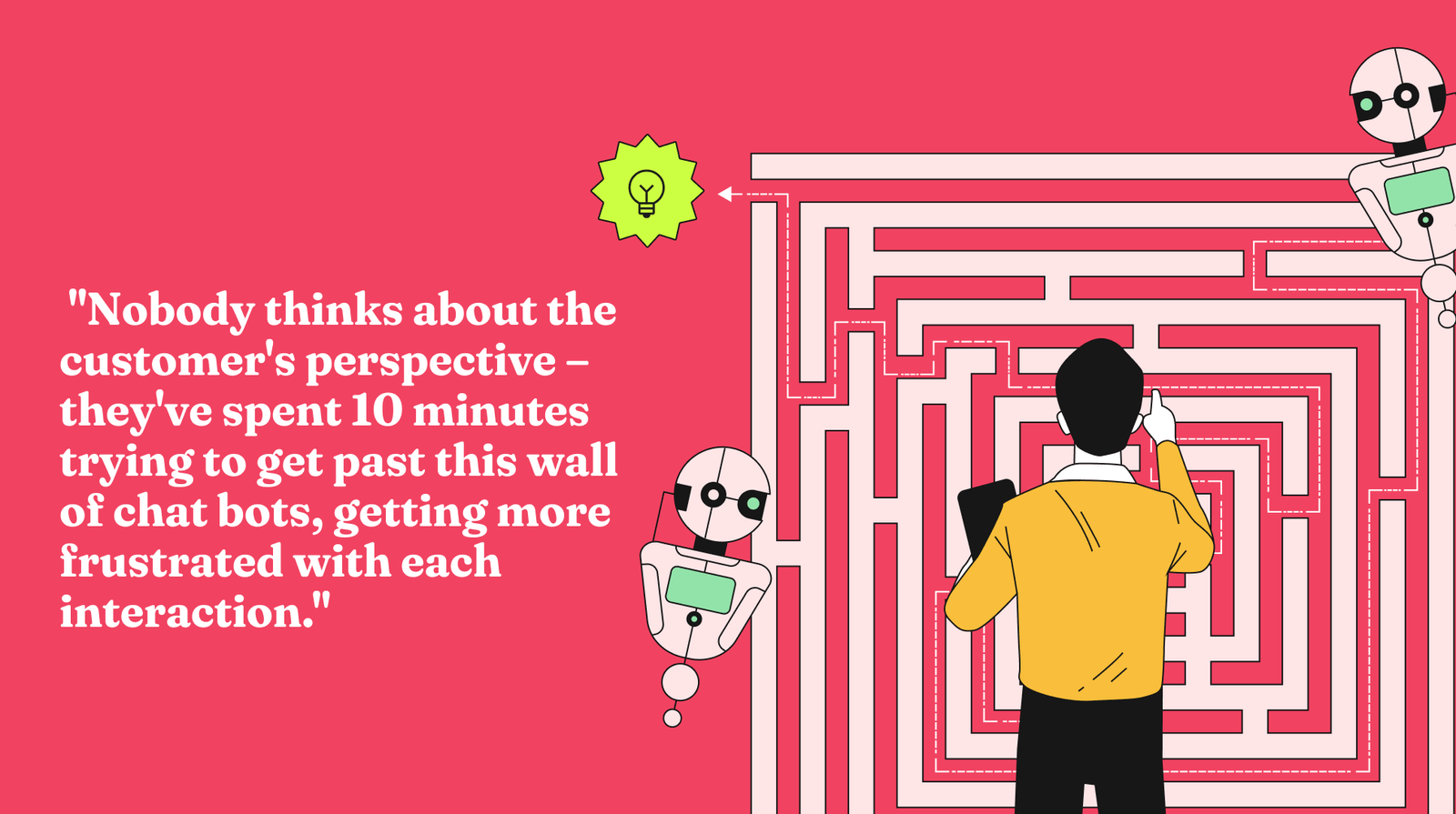Answering the Tough Questions About Brainfish
Published on
October 9, 2025























Discover how Brainfish’s self-learning AI knowledge base prevents support issues, keeps docs current, and outperforms legacy platforms.
If you’re evaluating Brainfish and wondering how it compares to Zendesk AI, Intercom, or other knowledge-base platforms—you’re asking the right questions.
This guide clears up the biggest misconceptions, covers real results, and shows how Brainfish helps Support, CX, and Product teams make their products easier to use.
1. Not a Chatbot—A Self-Learning AI Knowledge Base
Most “AI support” tools are chatbots built for ticket deflection.
Brainfish is built for issue prevention.
It acts as a self-learning AI layer that connects your help content, analytics, and product usage data—learning automatically from every interaction.
Instead of answering questions in isolation, Brainfish removes the reason users get stuck in the first place.
🔗 Learn more: AI Support Agents | Auto-Updating Docs
2. Will It Actually Reduce Support Tickets?
Yes, and it does it differently.
Brainfish spots friction points, serves the right answer instantly, and updates your documentation before confusion repeats.
Real-world results
- 92 % ticket deflection (Smokeball)
- Support NPS 60 → 77
- 4 new hires avoided in one quarter
🔗 Case study: Smokeball Reduced Search-to-Tickets by 74 % and Boosted NPS by 37
3. How Does Brainfish Keep Documentation Up to Date?
Manual documentation doesn’t scale.
Brainfish turns screen recordings, training videos, and in-app walkthroughs into complete, searchable articles.
When your product changes, it automatically updates those docs—no manual rewrite needed.
🔗 Explore: Auto-Updating Docs
4. How Hard Is It to Implement?
Implementation takes minutes, not months.
Add a few lines of code, connect Zendesk, Intercom, or Salesforce, and Brainfish begins learning immediately—no engineering backlog required.
Setup facts
- Deployment time: under 1 hour
- Admin effort: near zero
- Works with: Zendesk | Intercom | Salesforce | Slack
🔗 See options: Integrations
5. What About Team Adoption?
Because Brainfish works automatically, teams don’t have to change workflows.
Support agents keep using Zendesk or Intercom; Brainfish just feeds them better answers.
Product and CX leaders get insights instantly: no training sessions, no manual tagging, no content migration headaches.
6. Will Brainfish Replace or Integrate with Our Existing Tools?
Brainfish is built to integrate, not disrupt.
It unifies your existing systems into one intelligent layer—often replacing three or four tools while improving visibility.
Common replacements include:
- Point AI search tools
- Static help centers
- Separate analytics dashboards
🔗 Overview: Customer Analytics
7. How Accurate Is the AI?
Brainfish uses context-aware models trained on your verified product knowledge.
Each generated answer includes confidence scoring and inline citations - so teams can trace every response back to its source.
Accuracy improves automatically as new content and user feedback flow in.
8. How Secure Is Our Data?
Security is built in.
Brainfish is SOC 2 Type II and GDPR-compliant, with regional data residency options and EU region optimization.
All customer data is encrypted in transit and at rest, and permissions mirror your existing support-tool access levels.
🔗 Details: Privacy Policy | Cookie Policy
9. How Do We Measure ROI from Brainfish?
Brainfish quantifies savings from documentation hours, ticket reduction, and user-effort scores.
Typical impact within 90 days
- 500 + hours saved on documentation
- $25 K + productivity reclaimed
- 20 – 40 % higher self-service success
🔗 Compare plans and ROI: Pricing
10. What Happens After Setup?
Unlike static tools, Brainfish gets better over time.
Every interaction, search, and support request trains it to refine articles and surface deeper insights.
Product leaders see why features aren’t adopted, while Support sees how to prevent repeat tickets.
🔗 See how it helps each team: For Your Users · For Your Support & CX Team · For Your Product Team
11. Who Uses Brainfish?
Brainfish serves mid-market SaaS companies that want faster support and smarter onboarding.
- CX Leaders: Cut repetitive tickets and reduce customer effort.
- Product Leaders: Understand where users struggle and why.
- Enablement Teams: Turn training videos into searchable knowledge.
- Ops Leaders: Replace multiple tools with one platform.
🔗 Explore real stories: Customers
12. What If We Stay with Our Current Setup?
You could keep adding headcount or tools, but it costs more and changes less.
Brainfish delivers value in days, not months, and keeps compounding as it learns.
That’s why teams like Buffer, Huntress, Smokeball, MadPaws, and more moved to a self-learning system that never goes stale.
🔗 More examples: MadPaws 636 % ROI in 5 Months | Circular Saved 20 % Support Hours
Final Thought
Every company says they want to make their product easier to use. Brainfish actually does it, automatically.
If you’re serious about improving how people experience your product:
import time
import requests
from opentelemetry import trace, metrics
from opentelemetry.sdk.trace import TracerProvider
from opentelemetry.sdk.metrics import MeterProvider
from opentelemetry.sdk.trace.export import ConsoleSpanExporter, SimpleSpanProcessor
from opentelemetry.sdk.metrics.export import ConsoleMetricExporter, PeriodicExportingMetricReader
# --- 1. OpenTelemetry Setup for Observability ---
# Configure exporters to print telemetry data to the console.
# In a production system, these would export to a backend like Prometheus or Jaeger.
trace.set_tracer_provider(TracerProvider())
tracer = trace.get_tracer(__name__)
span_processor = SimpleSpanProcessor(ConsoleSpanExporter())
trace.get_tracer_provider().add_span_processor(span_processor)
metric_reader = PeriodicExportingMetricReader(ConsoleMetricExporter())
metrics.set_meter_provider(MeterProvider(metric_readers=[metric_reader]))
meter = metrics.get_meter(__name__)
# Create custom OpenTelemetry metrics
agent_latency_histogram = meter.create_histogram("agent.latency", unit="ms", description="Agent response time")
agent_invocations_counter = meter.create_counter("agent.invocations", description="Number of times the agent is invoked")
hallucination_rate_gauge = meter.create_gauge("agent.hallucination_rate", unit="percentage", description="Rate of hallucinated responses")
pii_exposure_counter = meter.create_counter("agent.pii_exposure.count", description="Count of responses with PII exposure")
# --- 2. Define the Agent using NeMo Agent Toolkit concepts ---
# The NeMo Agent Toolkit orchestrates agents, tools, and workflows, often via configuration.
# This class simulates an agent that would be managed by the toolkit.
class MultimodalSupportAgent:
def __init__(self, model_endpoint):
self.model_endpoint = model_endpoint
# The toolkit would route incoming requests to this method.
def process_query(self, query, context_data):
# Start an OpenTelemetry span to trace this specific execution.
with tracer.start_as_current_span("agent.process_query") as span:
start_time = time.time()
span.set_attribute("query.text", query)
span.set_attribute("context.data_types", [type(d).__name__ for d in context_data])
# In a real scenario, this would involve complex logic and tool calls.
print(f"\nAgent processing query: '{query}'...")
time.sleep(0.5) # Simulate work (e.g., tool calls, model inference)
agent_response = f"Generated answer for '{query}' based on provided context."
latency = (time.time() - start_time) * 1000
# Record metrics
agent_latency_histogram.record(latency)
agent_invocations_counter.add(1)
span.set_attribute("agent.response", agent_response)
span.set_attribute("agent.latency_ms", latency)
return {"response": agent_response, "latency_ms": latency}
# --- 3. Define the Evaluation Logic using NeMo Evaluator ---
# This function simulates calling the NeMo Evaluator microservice API.
def run_nemo_evaluation(agent_response, ground_truth_data):
with tracer.start_as_current_span("evaluator.run") as span:
print("Submitting response to NeMo Evaluator...")
# In a real system, you would make an HTTP request to the NeMo Evaluator service.
# eval_endpoint = "http://nemo-evaluator-service/v1/evaluate"
# payload = {"response": agent_response, "ground_truth": ground_truth_data}
# response = requests.post(eval_endpoint, json=payload)
# evaluation_results = response.json()
# Mocking the evaluator's response for this example.
time.sleep(0.2) # Simulate network and evaluation latency
mock_results = {
"answer_accuracy": 0.95,
"hallucination_rate": 0.05,
"pii_exposure": False,
"toxicity_score": 0.01,
"latency": 25.5
}
span.set_attribute("eval.results", str(mock_results))
print(f"Evaluation complete: {mock_results}")
return mock_results
# --- 4. The Main Agent Evaluation Loop ---
def agent_evaluation_loop(agent, query, context, ground_truth):
with tracer.start_as_current_span("agent_evaluation_loop") as parent_span:
# Step 1: Agent processes the query
output = agent.process_query(query, context)
# Step 2: Response is evaluated by NeMo Evaluator
eval_metrics = run_nemo_evaluation(output["response"], ground_truth)
# Step 3: Log evaluation results using OpenTelemetry metrics
hallucination_rate_gauge.set(eval_metrics.get("hallucination_rate", 0.0))
if eval_metrics.get("pii_exposure", False):
pii_exposure_counter.add(1)
# Add evaluation metrics as events to the parent span for rich, contextual traces.
parent_span.add_event("EvaluationComplete", attributes=eval_metrics)
# Step 4: (Optional) Trigger retraining or alerts based on metrics
if eval_metrics["answer_accuracy"] < 0.8:
print("[ALERT] Accuracy has dropped below threshold! Triggering retraining workflow.")
parent_span.set_status(trace.Status(trace.StatusCode.ERROR, "Low Accuracy Detected"))
# --- Run the Example ---
if __name__ == "__main__":
support_agent = MultimodalSupportAgent(model_endpoint="http://model-server/invoke")
# Simulate an incoming user request with multimodal context
user_query = "What is the status of my recent order?"
context_documents = ["order_invoice.pdf", "customer_history.csv"]
ground_truth = {"expected_answer": "Your order #1234 has shipped."}
# Execute the loop
agent_evaluation_loop(support_agent, user_query, context_documents, ground_truth)
# In a real application, the metric reader would run in the background.
# We call it explicitly here to see the output.
metric_reader.collect()Recent Posts...
You'll receive the latest insights from the Brainfish blog every other week if you join the Brainfish blog.











